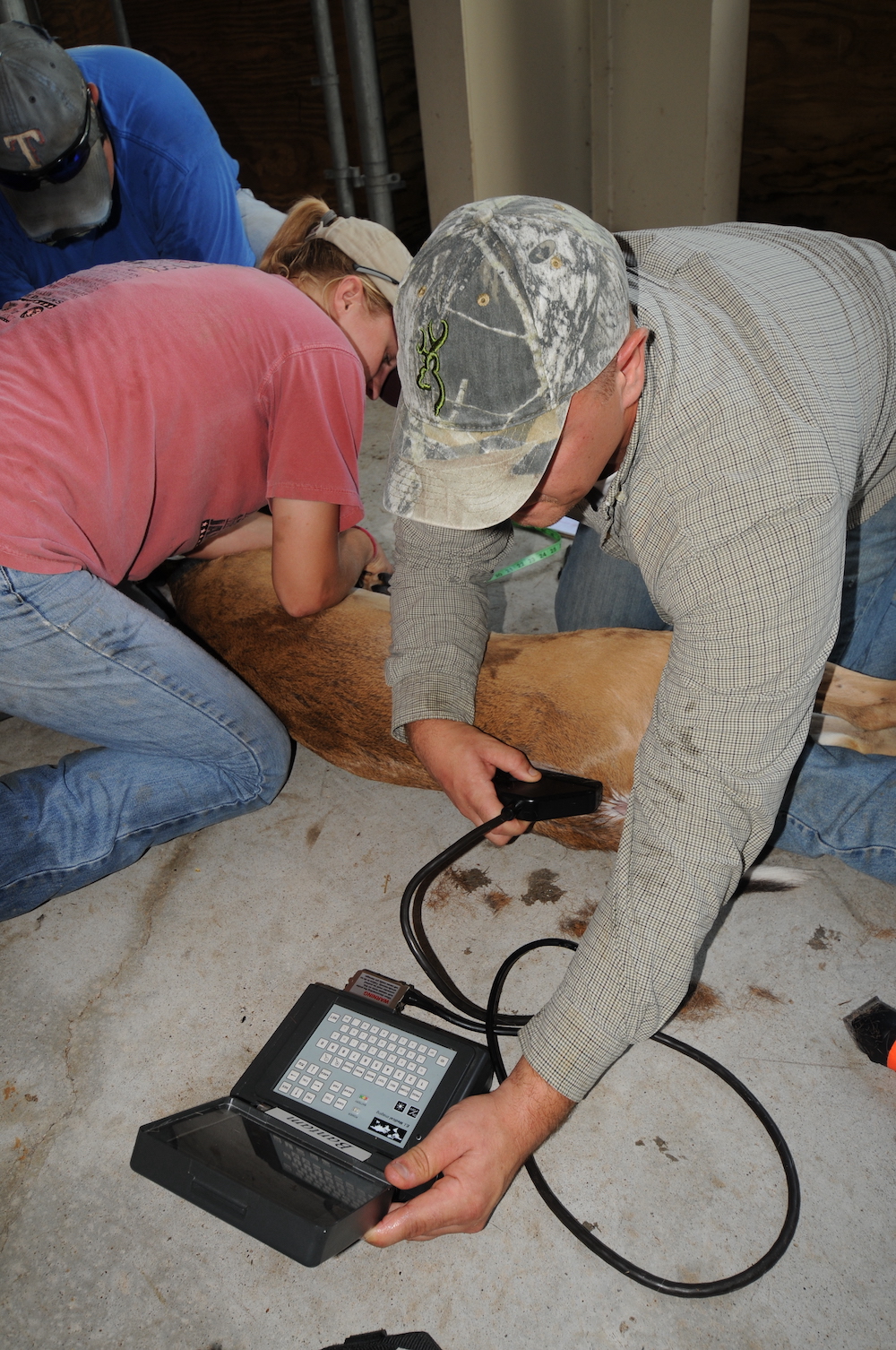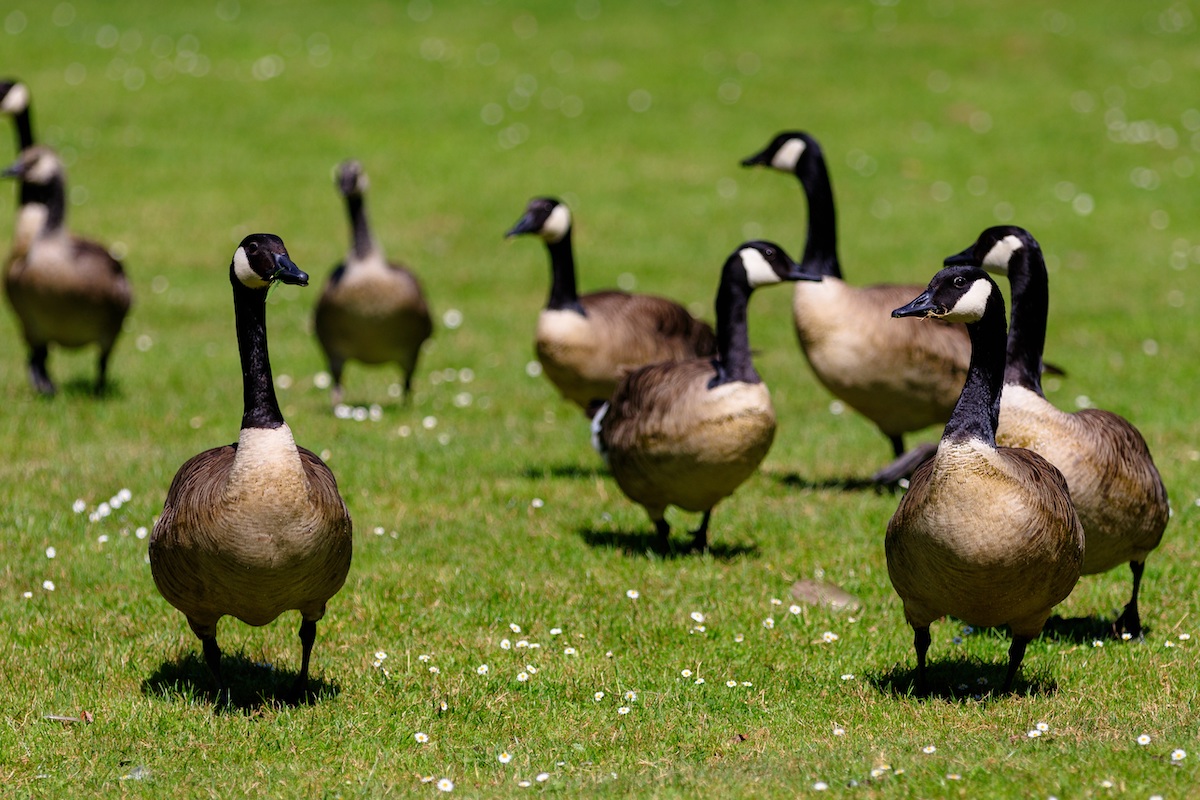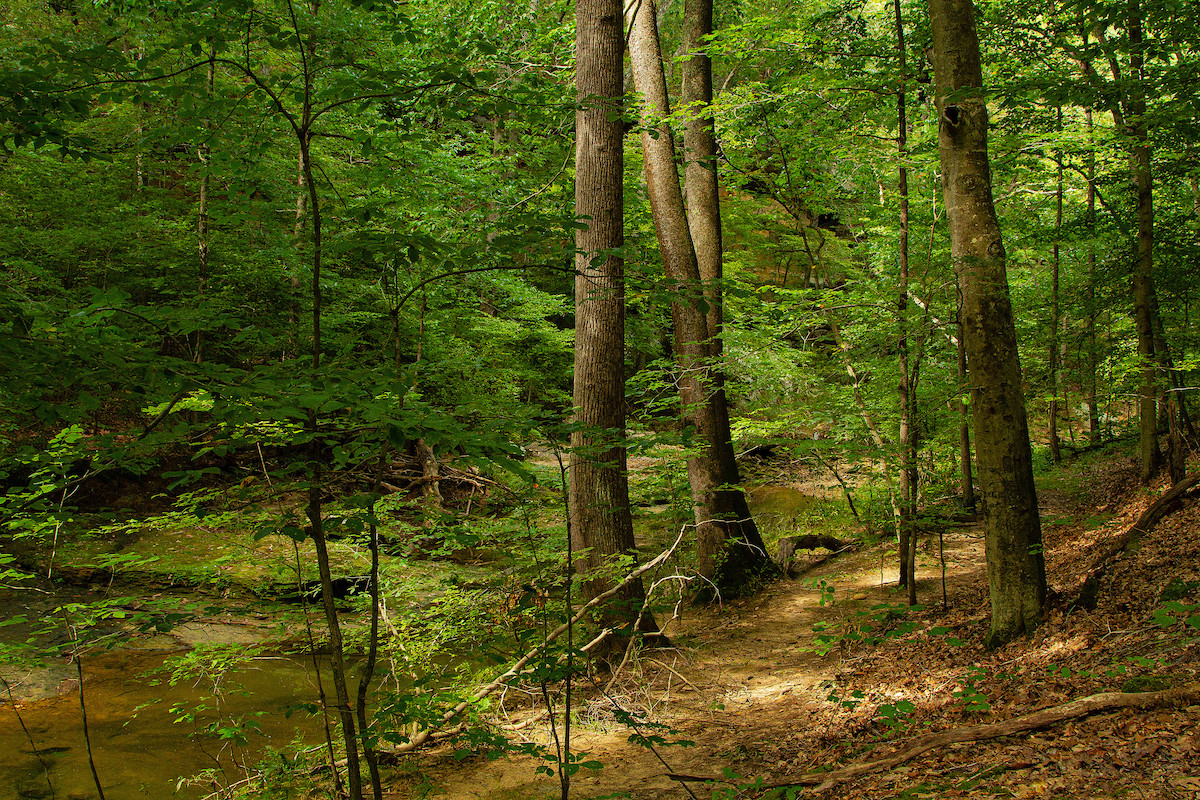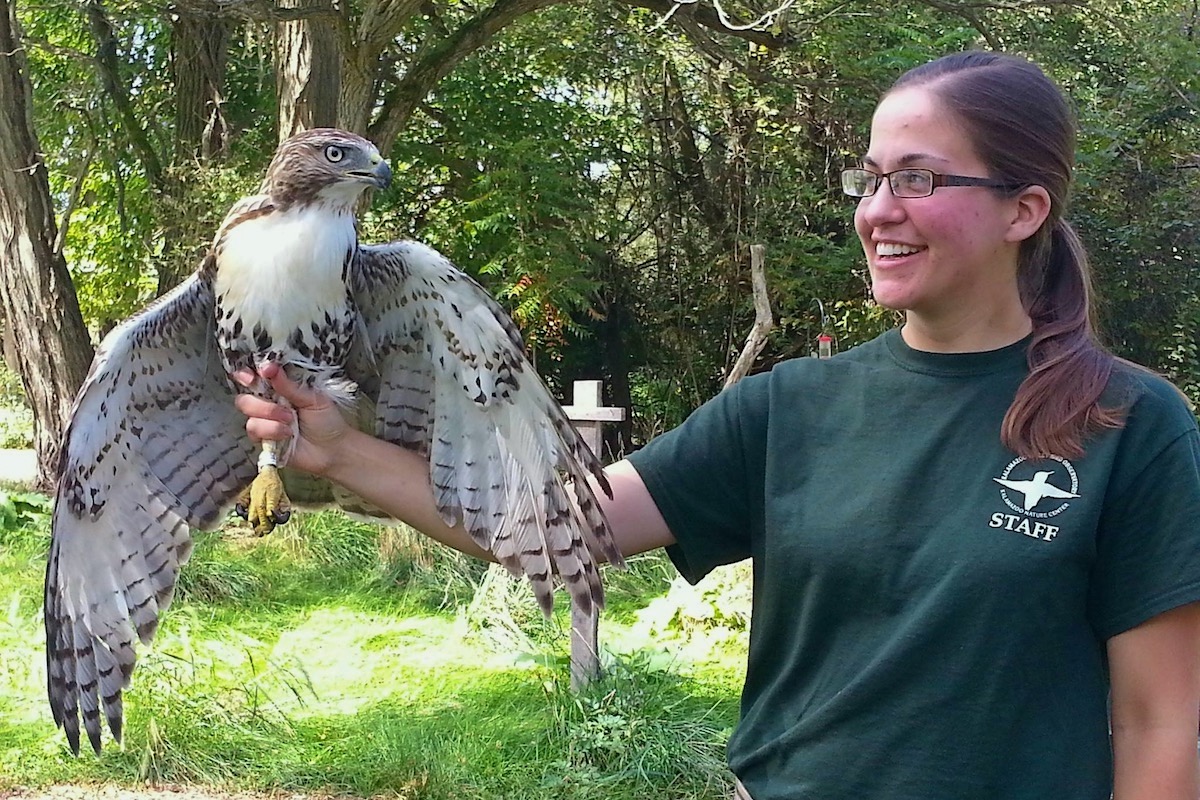
Photos courtesy of Don Kahl.
Returning to the Prairie State after a 16-year absence, the increased expanse of native grass prairies immediately caught Carlinville native Don Kahl’s eye.
“I have been impressed with the extent of native, warm season tall grass plantings that now exist across the landscape,” Kahl remarked. “It is encouraging to see how many individuals and organizations are working to improve the quality of the grasslands throughout the state.”

Kahl’s return to Illinois came about when he accepted the position as the Head of the Division of Wildlife Resources Field Operations Section, based out of the Illinois Department of Natural Resources’ (IDNR) Headquarters in Springfield.
After earning a Bachelor of Arts degree in Environmental Biology from Blackburn College (Carlinville) Kahl headed south to Texas where he worked for 9 months as a hunting guide.
“That time provided the opportunity to develop an understanding of the Texas model for wildlife management, which was useful when I began my studies at Texas A &M University at Kingsville,” Kahl explained. While earning his Masters’ degree in Range and Wildlife Management, he managed the Alkek Ungulate Research Facility at Caesar Kleberg Wildlife Research Institute. His research focused on diet selection trials on a captive white-tailed herd, learning how deer mix and match protein and nutritional needs throughout the year.

“I concentrated my research on first year white-tailed deer fawns, evaluating diet selection between varying levels of protein and energy foodstuffs and their corresponding growth from the time they were weaned through their first year,” he continued. “The research herd selected less protein than the control herd was provided and yet their growth was as good, if not better than, the control group. Wildlife professionals often stress the importance of high protein forage for deer development and production, but, at least in a controlled setting, our research provided evidence that protein requirements for young age-class deer may be less than what is reported from other research projects.”
Following graduation Kahl had the opportunity to work in locations around the country and with a diversity of wildlife species. After a stint in Knoxville, Tennessee, working as a research technician on a quail habitat and restoration project, he moved to southeast Colorado where he spent a year as a Farm Bill biologist with Pheasants Forever. Returning to Texas, he spent three years in the Panhandle region as a district wildlife biologist for the Texas Parks and Wildlife Department, working with an array of wildlife, including pronghorn antelope, both white-tailed and mule deer and bobwhite quail. In that position he worked closely with private landowners to develop wildlife and habitat management plans for their ranches.
“For the five years before my return to Illinois I served as a regional migratory gamebird specialist with Texas Parks and Wildlife Department, covering the western third of the state,” Kahl said. “In addition to mourning doves, ducks and geese, a significant portion of my work was with sandhill cranes. Texas has the biggest wintering population of cranes in the country, with roughly ½ million wintering in the region each year.”

His regional job also entailed working on the Texas Playa Conservation Initiative, a Joint Venture initiative involving private landowners and multiple organizational partners, including the Playa Lakes Joint Venture, Texas Parks and Wildlife Department, U.S. Fish and Wildlife Service, Natural Resources Conservation Service and Ducks Unlimited.
“Playa wetlands are self-contained watersheds, with rainwater collecting in low spots,” he explained. “Lacking outflows, the water settles in the basins, providing excellent waterfowl habitat when water is present. In an intensively farmed and irrigated area that receives an average of only 18 inches of rainfall a year, we worked to find a balance between people working the land and the wildlife dependent on these critical wetlands.”
From deer to migratory birds and from research to private land habitat management, Kahl’s extensive experiences are skills valuable to his role as supervisor of IDNR’s regional and district wildlife biologists.
“I spent my first several months focusing on learning the business side of the Illinois Department of Natural Resources and how I can best be the bridge between the administration and field staff,” he explained. “I view my role as one of helping the regional and district biologists get what they need, when they need it. In that way they can focus on the issues at hand—getting conservation practices onto the ground and providing quality recreational opportunities.”
Welcome home, Don Kahl.
Kathy Andrews Wright retired from the Illinois Department of Natural Resources where she was editor of OutdoorIllinois magazine. She is currently the editor of OutdoorIllinois Journal.















Submit a question for the author